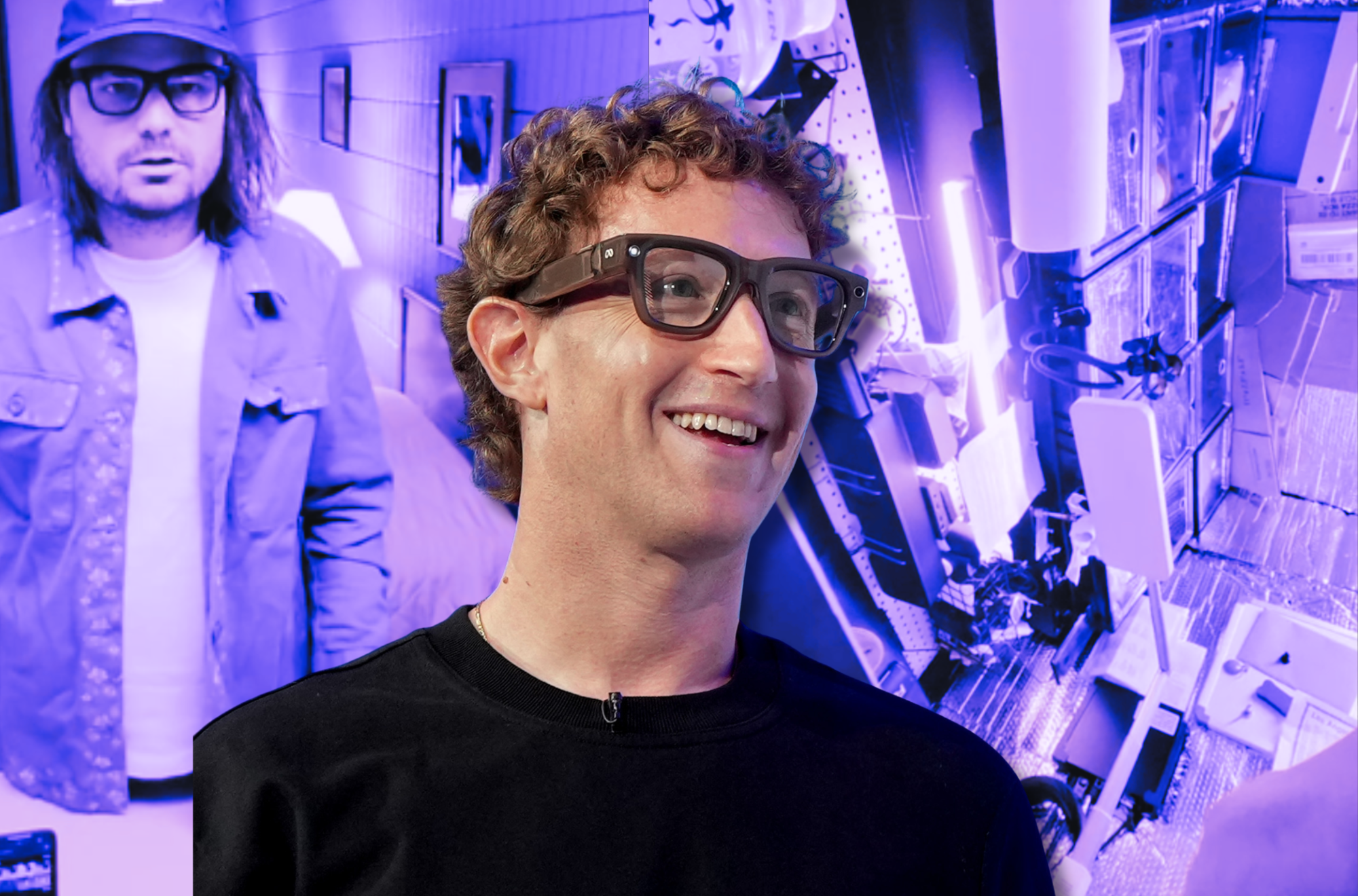The sound of power tools screech in what looks like a workshop with aluminum bubble wrap insulation plastered on the walls and ceiling. A shirtless man picks up a can of compressed air from the workbench and sprays it. He’s tinkering with a pair of Meta Ray-Ban smart glasses. At one point he squints at a piece of paper, as if he is reading a set of instructions.
Meta’s Ray-Ban glasses are the tech giant’s main attempt at bringing augmented reality to the masses. The glasses can take photos, record videos, and may soon use facial recognition to identify people. Meta’s glasses come with a bright LED light that illuminates whenever someone hits record. The idea is to discourage stalkers, weirdos, or just anyone from filming people without their consent. Or at least warn people nearby that they are. Meta has designed the glasses to not work if someone covers up the LED with tape.
That protection is what the man in the workshop is circumventing. This is Bong Kim, a hobbyist who modifies Meta Ray-Ban glasses for a small price. Eventually, after more screeching, he is successful: he has entirely disabled the white LED that usually shines on the side of Meta’s specs. The glasses’ functions remain entirely intact; the glasses look as-new. People just won’t know the wearer is recording.


